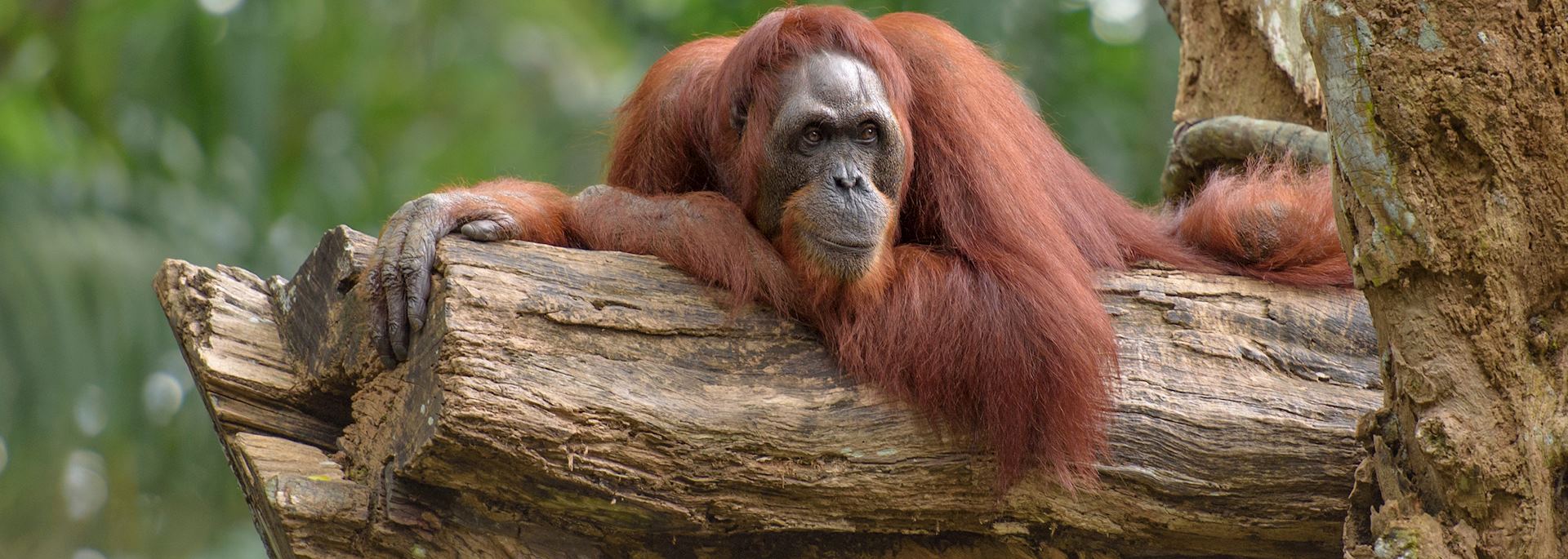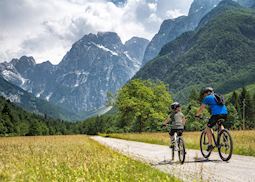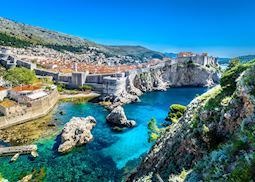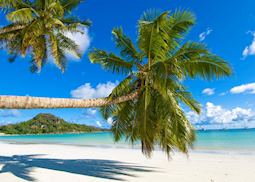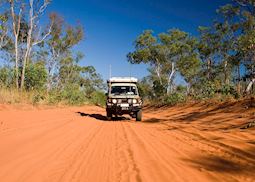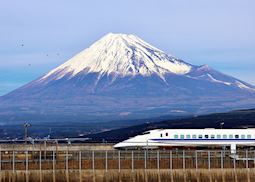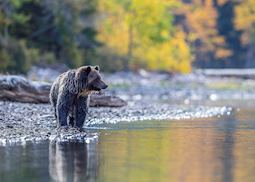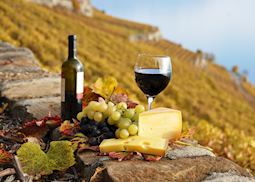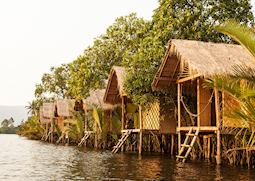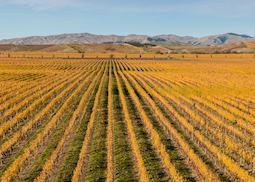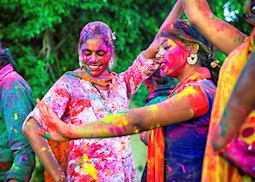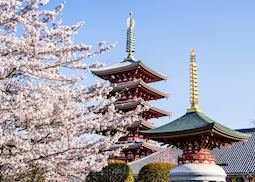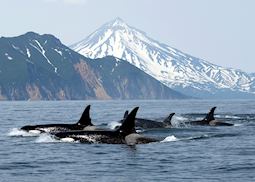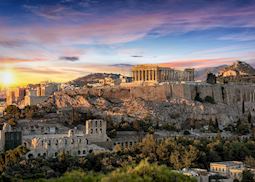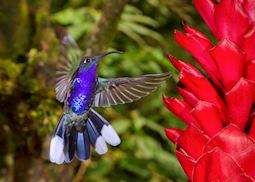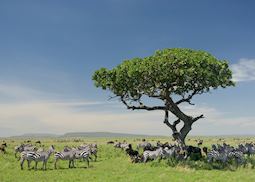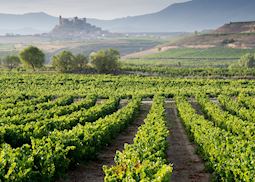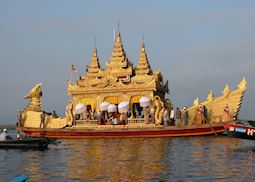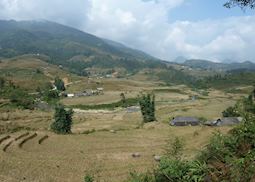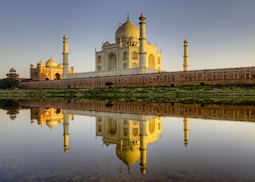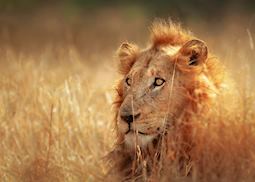
Choose your style of travel
Wherever your interests lie, and however you like to travel, the beauty of arranging a tailor-made trip is that it will be created uniquely for you, and the inspiration you find here is just a taste of what's possible. You might want to feed a passion for wildlife or culture, discover a country by boat or train, or this could be your first step to planning your honeymoon or a family adventure.
Travel ideas by month
If you already have an ideal time to travel but you're undecided on where to go, our travel ideas by month recommend destinations when they are enjoying their most glorious weather. Our specialists also offer their suggestions for the best seasonal celebrations and festivals taking place around the world at that time, as well as when nature is providing the most impressive spectacles.
Travel videos
Our collection of video travel guides captures our specialists' passion and first-hand knowledge for the countries they know intimately and return to regularly. Watch video introductions to some of our most popular destinations, hear our specialists advise on the best ways to experience some of the places they've fallen in love with over the years, and follow us on our travels.
